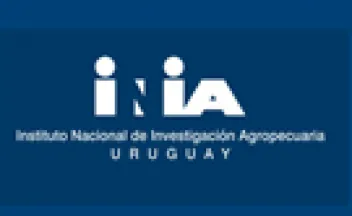Biological control of phytopathogens and insect pests in agriculture: an overview of 25 years of research in Uruguay.

ABSTRACT.- Plants grow associated with complex communities of organisms, and their development depends largely on management practices, available nutrients in the soil, environmental conditions, and the balanced equilibrium established among all these factors. In unbalanced environments, diseases, insects, and weeds can decrease agricultural productivity or even destroy crops.
